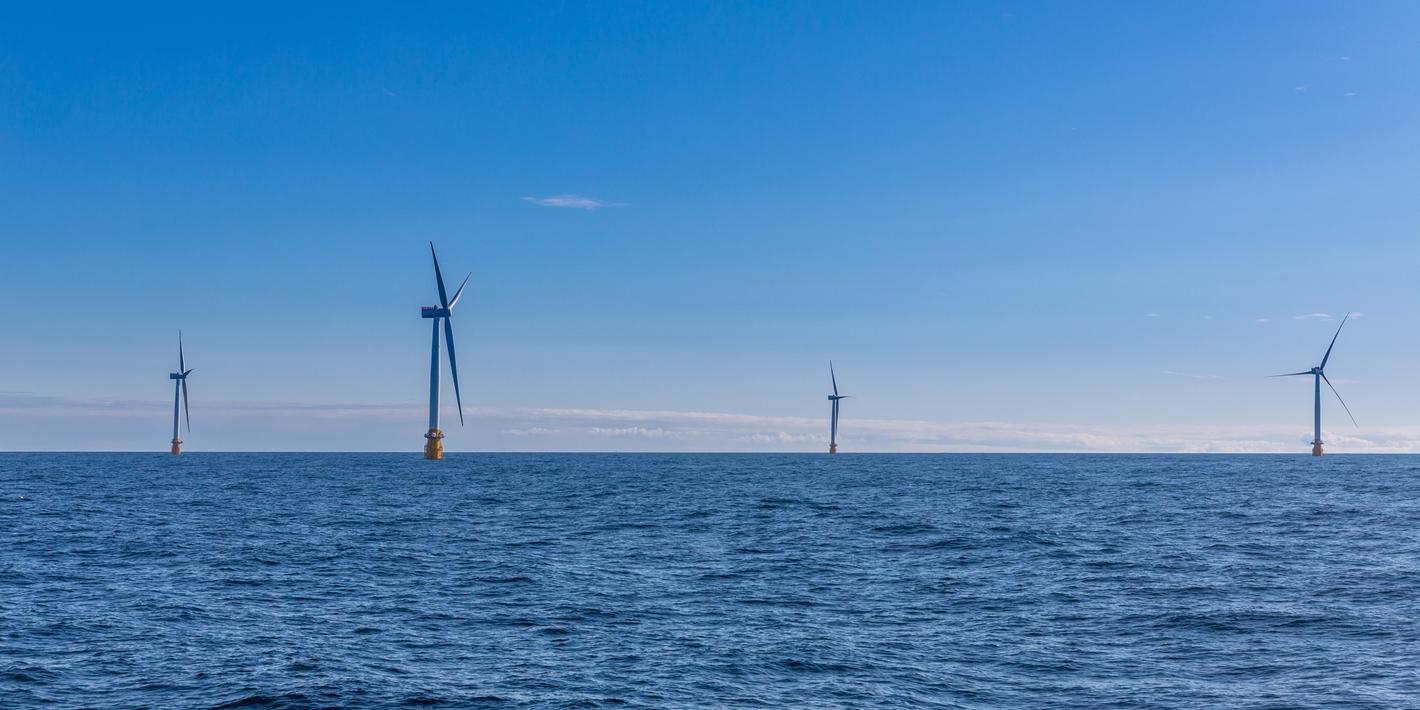Equinor and NORCE conclude eDNA pilot study at Hywind Scotland

A pilot study completed by Equinor and Norwegian Research Centre (NORCE) has been successful in using environmental DNA (eDNA) to monitor the biodiversity and abundance of marine life in waters around the floating Hywind Scotland wind farm.
The pilot study took place in August 2021, at Equinor’s Hywind Scotland offshore wind farm, located 25 km east of Peterhead in Scotland. The field work was conducted by NORCE with support from Ocean Science Consulting (OSC). After the samples were taken, lab work was undertaken to analyse the samples using polymerase chain reaction (PCR) DNA sequencing.

By analysing the eDNA content in water samples, Equinor and NORCE were able measure the biodiversity of fish species in the water surrounding Hywind Scotland. This pilot study was conducted to learn more about the potential effects that floating offshore wind farms may have on marine habitats. eDNA is genetic material that is released from organisms into their surrounding environment, such as soil, air, sediment, or water.
In the study it was identified that there were in total twenty-six fish species in the area. There was no significant difference in biodiversity observed between the wind farm area and the reference zone, however, the relative abundance of sprat and herring were at the time of sampling higher in the wind farm area. There was also a faint eDNA signal from harbour porpoise recorded in the waters surrounding the wind farm.
Kari Mette Murvoll, Principal Researcher at Equinor, said:
“This new method of surveying marine biodiversity is an exciting development for measuring biodiversity. By reducing the need for traditional trawling campaigns, we can help to protect the environment and reduce emissions, while still gathering reliable and accurate data on the species in the area. The potential for this method to be used in other areas of marine biology research is vast, and I look forward to seeing further advancements in this area in the future.”
Gathering data on fish biodiversity has typically been a laborious and costly process, while also having the potential to cause harm to the environment. An often-used strategy is to employ specialised boats to trawl with fishing vessels through a region at regular intervals to collect and analyse the fish, in combination with echo sonars to identify and calculate the quantity of fish. The method used in this study negates this issue, utilising DNA content contained in the water, reducing the disturbance to the marine environment, and lowering C02 emissions.
Thomas Gunnar Dahlgren, Research Professor at NORCE, said:
"At NORCE, we are proud to be part of this pilot study which is helping us to better understand the potential impacts of floating offshore wind farms on our marine ecosystems. By analysing the eDNA content of water samples, we have been able to gain valuable insights into the biodiversity of fish species in the water around the Hywind Scotland wind farm.”
A similar-sized reference area, located approximately 10 km east of the wind farm, was also sampled to give comparative results. Five stations in each area were sampled at 10 m and 50 m depths. The samples were immediately filtered and preserved on board, kept dark and cool to reduce eDNA decay prior to analysis.

Hywind Scotland is the world’s first offshore wind farm and has achieved a capacity factor of 54% throughout its five years of operations, making it the world's best-performing offshore wind farm. Additionally, Hywind Scotland has been operating with excellent safety outcomes, with no lost time injuries reported over the past five years.